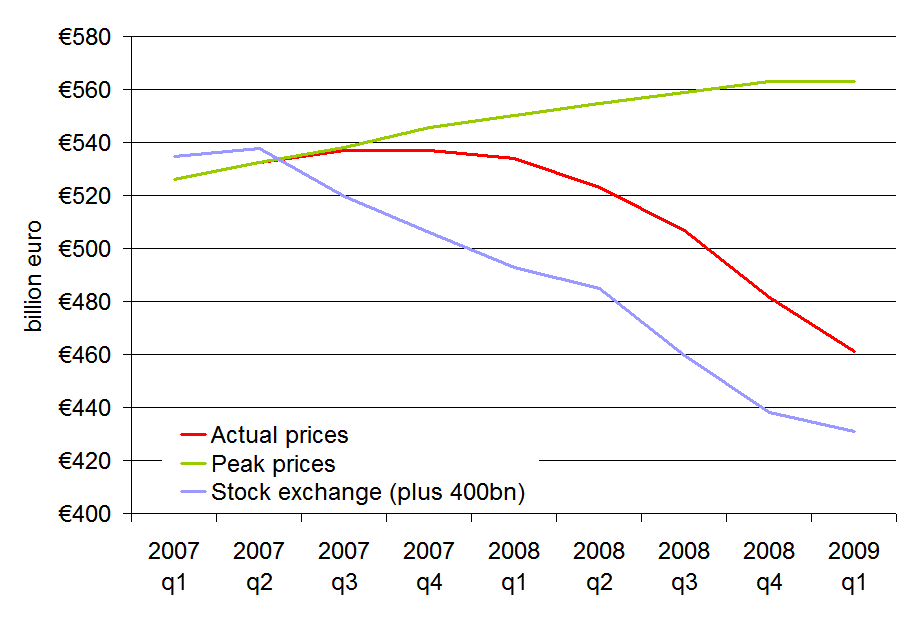How many months supply is sitting on the property market?
The US leads the way for many types of statistics – and in particular for their timeliness. The housing market is no different, with a plethora of measures such as prices and volume of transactions out every month.
In Ireland, though, we have to labour under a dearth of timely statistics on a range of economic indicators – including the housing market. Naturally, the Daft Report tries to make its contribution, publishing one week after quarter’s end so that people have the latest asking price and stock/flow information. One that I’m increasingly asked for is the number of months of supply currently sitting on the property market, a measure that’s well established in the US. It’s probably time we tried to put some numbers on it.
To do that, we need to answer two questions. The first is: what is a normal volume of transactions for the Irish property market? The second is: how many are on the market now?
On the first, the natural way to go about it would be to use the recent level of transactions. The only problem with that, though, is that the number of transactions has fluctuated wildly over the past four years, making that a somewhat erratic measure. To counteract that, the Department of the Environment have a long-run series on loan approvals, which for all intents and purposes tells us how many people are buying property every year. The numbers still vary hugely over the past two decades, in line with the vicissitudes of Ireland’s property market. In 1990, there were just 35,000 transactions – less than 3,000 a month – while in 2005, there were over three times as many transactions, 120,000 in total.
Taking the 2005 figure – or indeed anything since about 2000 – leaves open the accusation that one is deliberately underestimating the problem by overestimating the “typical” month. Then again, anything pre-1999 – and certainly anything close to 1993 – is probably not too appropriate either. To overcome this, one can view the last 15 years of Ireland’s property market as two stylized periods: a (relatively) healthy property market in the 1990s, where monthly transactions averaged 4,400, and a hyperactive property market, 2000-2007, where monthly transactions averaged 7,800.
Using the 2000-2007 figure gives us a lower bound, while using the 1993-2000 gives an upper bound. Given that Ireland is the guts of 700,000 residents bigger now than in 1993 (even allowing for outward migration), it probably makes sense to use the average of the two figures (about 6,000 transactions a month) as some sort of post-2007 reasonable estimate of what one could expect would pass through the market in a healthy post-crunch Ireland.
To answer the second question, how many properties are currently on the market, I’ve taken the daft.ie series of stock of property for sale. An adjustment has been made, given the way new developments are listed on the site, to make sure that vacant new builds are better captured than the raw figures may suggest.
After all those preparations, where are we? The chart below shows the best estimate (orange) of the number of months property sitting on the market from early 2007 to April 2009 – alongside upper (red) and lower (green) bounds, based on whether one believes that the 2000-2007 level of transactions is ‘normal’ or in fact when everything dies down we’ll see a return to much lower 1993-1999 levels of transactions instead.

In a normal property market, one might expect to see three or four months supply sitting on the market – that’s about how long it takes for a property to go through the cycle of litsing, viewing, agreement, closure. The graph above – if you accept the middle ground presented – is that there has been a over a year’s supply of property sitting on the market since this time last year, compared to about 5 months at the start of 2007.
Good news? These days, good news is really just absence of new bad news! The good news is that while there is about three times as much property on the market as normal, this has levelled off – and indeed fallen slightly – in the last six months.






